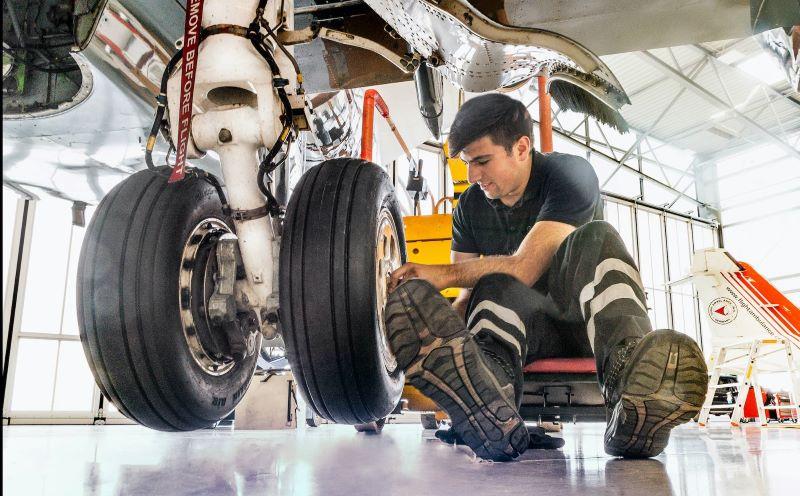
Having its own MRO division gives FAI's charter and ambulance businesses an advantage, as well as generating its own revenues.
Credit: FAI
It is not just in the management and planning of its air-ambulance flights that FAI is relying on innovative thinking and meticulous attention to detail to keep the company moving forward. The business’ charter and MRO divisions have also seen significant changes in the post-pandemic period, with...
Subscription Required
One-Way Charters, ‘Tricky’ Missions, Spares Inventory Spur FAI Growth is published in The Weekly of Business Aviation, an Aviation Week Intelligence Network (AWIN) Market Briefing and is included with your AWIN membership.
Already a member of AWIN or subscribe to The Weekly of Business Aviation through your company? Login with your existing email and password.
Not a member? Learn how you can access the market intelligence and data you need to stay abreast of what's happening in the business aviation community.





